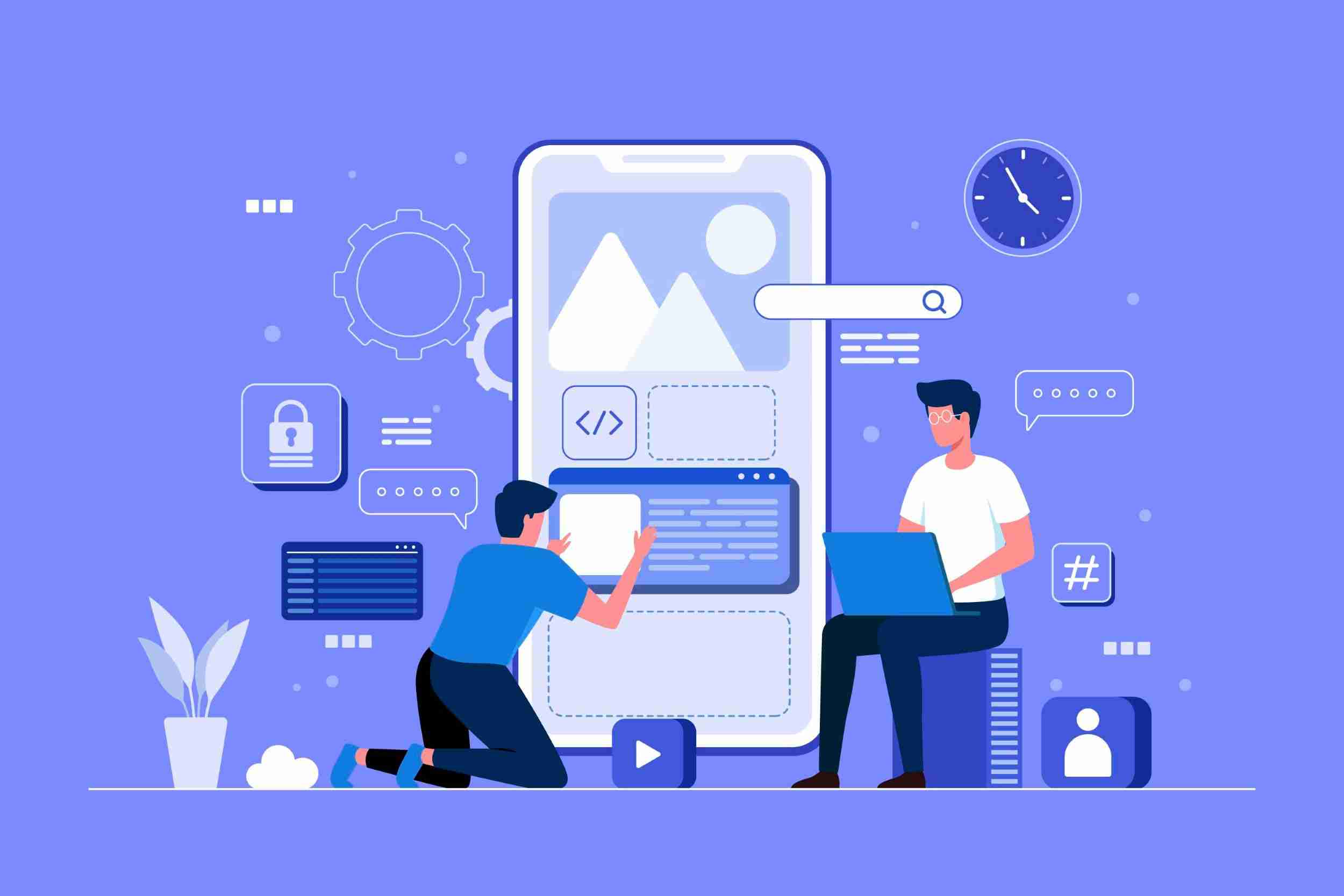iPhone App Development Company
iOS app development refers to the creation of applications specifically designed for devices running the iOS operating system, such as iPhones, iPads, and iPod Touch. Skilled developers use programming languages like Swift or Objective-C to design, code, test, and deploy apps, ensuring compatibility with Apple's ecosystem. The process involves attention to user experience, performance optimization, and adherence to Apple's guidelines.
iOS App Development Services from Agicent
The first iOS App created by us was 14 years ago, back in 2010. It was a Medical EMR App for a client named GloStreem, Inc in Michigan and since then we never looked back. We’ve seen the iOS platform grown from a nascent restricted platform to now an all-revolutionary platform of choice by billions. Being an iphone App Development Company, we make sure that our iOS Developers (from junior to senior level) have enough real project experience (from iOS App Development to launch) before we deploy them on your project.
Rates for iOS App Developers on Demand
Following is the standard rate card for different Exp and skill levels of On Demand iOS App Developers. Besides this, we can also create a custom on Demand App Team and optimized the monthly rate based on your specific needs.
Junior iOS Developer
Exp. Level: 1-2 Years
Hands on iOS Development
3 Projects experience minimum
Agicent’s inhouse trained
Familiar with PM Tools
Perfect for rapid MVPs and maintenance iOS works
Mid-level iOS Developer
Exp. Level: 2-5 Years
10 Projects experience minimum
Backend Experience
Hands on CI/CD pipeline
Manages Jr. Developers
Senior iOS Developer
Exp. Level: 5+ Years
All of Mid-level Exp +
15 Projects experience minimum
Full Stack Developer
Participate in Architecture
Ability to play Tech. Lead Role
Best Practices followed by Agicent iOS App Development Company
Preparation, Architecture, Tech Stack identification
Before starting to code, we need to make an architecture of the project. Project becomes strong via its solid architecture only. Architecture primarily includes the data modelling and flow modelling, however identification of third-party libraries to be integrated, usage of stock features or custom code, identification of side technologies (like for payment processing, for GPS location, for Map technology, for OCR and so on) is worthy to be discussed during the architecture phase.
Create and Follow Documentation, Make Project Wiki
Description of the desired project outcome will help you to keep on track the work. Documentation of the code will be an incredible source to know about HOW and most importantly WHY things had been done in a particular way. Business logic, especially in bigger projects, is sometimes hard to comprehend for a newly introduced iOS Developer and an easily available documentation is the best solution to preempt such situation. In fact, creating a project wiki is your best bet that will help any future developers to comprehend and understand and work on the project most efficiently. Successful projects need proper controlling over development and testing, which is easy with documentation.
Follow Apple App Store Guidelines and Rules
When you create an iOS App, you are basically creating something that has to be compliant to the rules and regulation of the Apple Ecosystem. It is imperative to go through the Apple’s set of guidelines time to time (as they update that time to time) for better hands-on understanding so developers can better educate their clients and managers on feasibility and do’s and don’ts. Apple Guidelines cover multiple intricacies like safety, performance, business, design and legal issues.
Common mistakes during iOS App Development – we’ve to Avoid these!
Following are some of the common mistakes being done by many iOS Developers that end up being problematic for future scaling or fixing.
Need to handle asynchronous code properly.
UI related code should run on main thread and not on any priority thread. This is important to make sure the App’s user experience and performance remains seamless.
Concurrency and Multithreading should be implemented properly. When we say properly it means applying it shouldn’t break any other process or functionality or applying it just for the sake of it.
Mutable objects should be properly handled.
XIBs should be used instead of storyboards.
Object and pointer should be properly differentiated
Logging should be properly managed.
Leave time and tools for Debugging.
Source: https://www.agicent.com/ios-development-company
